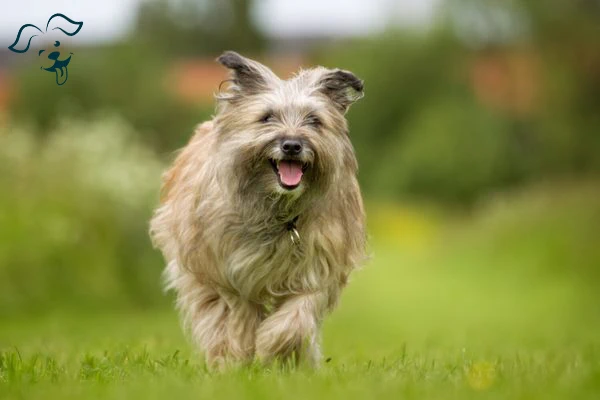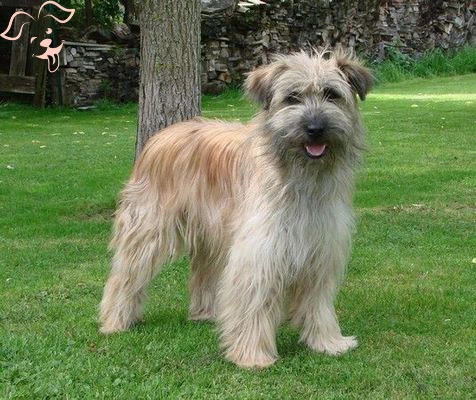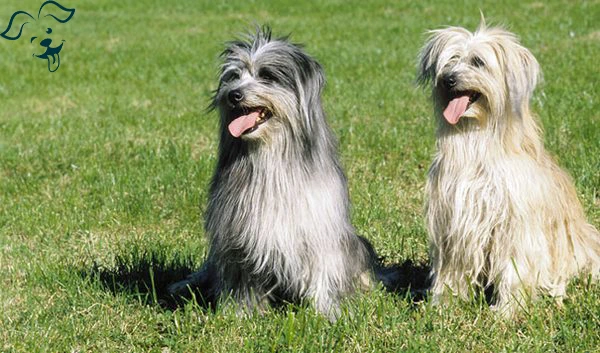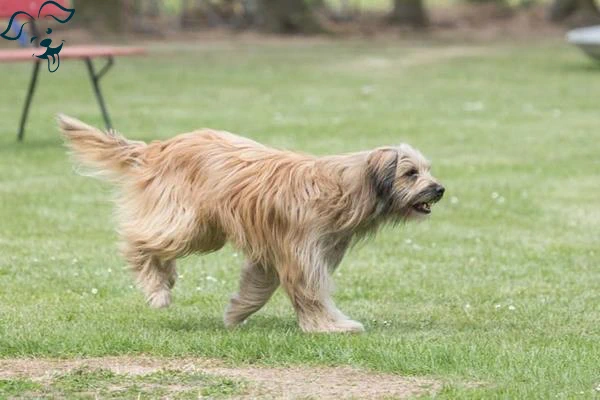CARING WITH FAMILY
|
| The level of affection a breed exhibits towards family members or familiar individuals can vary. Certain breeds may display a more reserved or aloof nature towards people outside their immediate family circle, while others may readily show warmth and friendliness towards anyone they know well. Keep in mind that individual dogs within a breed can also vary in their affectionate behavior as personality traits can differ. It is essential to consider the specific breed's tendencies and consult with reputable sources or experienced dog owners to get a better understanding of their affable nature. |
LOVE WITH CHILDREN
Unwise
Good With Children
|
| A breed's level of tolerance and patience with children's behavior and overall family-friendly nature can vary. Some breeds are known for their innate affection towards children, while others may be more reserved or less tolerant. It is crucial to remember that dogs should always be supervised when interacting with young children or children who have little exposure to dogs regardless of the breed. Every dog is an individual, and their behavior can be influenced by factors such as training, socialization and the specific dynamics of the household. If you have children or are planning to introduce a dog into a family setting, it's advisable to research and choose a breed known for their compatibility and positive interactions with children. |
BEHAVIOR WITH DOGS
Unwise
Good With Other Dogs
|
| The general friendliness of a breed towards other dogs can vary. While all dogs should be supervised during interactions and introductions with other dogs, some breeds are naturally more inclined to get along with their canine counterparts both at home and in public settings. This can be due to factors such as breed history, socialization and individual temperament. It is important to remember that each dog is unique and may have different preferences and tolerances when it comes to interacting with other dogs. If you are considering a specific breed it can be beneficial to research their typical behavior and consult with experienced dog owners or breeders to better understand their compatibility with other dogs. |
SHEDDING LEVELS & MANAGEMENT
No Shedding
Hair Everywhere
|
| The amount of fur and hair a breed leaves behind can vary. Some breeds are considered to be heavy shedders and may leave significant amounts of fur around the house. These breeds typically require more frequent brushing to manage the shedding and may be more likely to trigger allergies in certain individuals. Regular vacuuming and lint-rolling may be necessary to keep the home clean and tidy. |
COAT GROOMING STANDARDS
|
| The frequency of bathing, brushing, trimming and other coat maintenance tasks can vary depending on the breed. It is essential to consider your availability, patience and budget for grooming when choosing a breed. Some dogs require more frequent bathing, while others can go longer between baths. Brushing needs can range from daily to weekly, depending on the length type and condition of the coat. Breeds with longer or more complex coats may require more time and effort for grooming and may also require professional grooming services. Trimming needs such as for nails and hair also vary among breeds. It's worth noting that all breeds require regular nail trimming to keep their paws healthy. |
DROOLING INTENSITY
Less Likely to Drool
Always Have a Towel
|
| The tendency for a breed to drool can vary. Some breeds are generally more prone to drooling while others are known to be more neat and slobber-free. If you are a neat freak or have a preference for minimal drooling, it is advisable to choose a breed with a lower propensity for drooling. Breeds that are notorious for excessive drooling may leave ropes of slobber on your arm or create big wet spots on your clothes. If this is something that would cause discomfort or inconvenience it may be best to consider breeds that are not known for excessive drooling. |
COAT STYLES GUIDE |
| Smooth, Corded |
| COAT SPECTRUM |
| Medium |
FRIENDLINESS
Reserved
Everyone Is My Best Friend
|
| The level of welcoming or wariness a breed displays towards strangers can vary. Some breeds may naturally be more reserved or cautious around strangers exhibiting a tendency to be more aloof or wary. These breeds often have a strong protective instinct or a cautious nature ingrained in their characteristics. On the other hand, there are breeds known for their friendly and outgoing nature happily greeting new people they encounter regardless of the location. |
LIVELINESS
Only When You Want To Play
Non-Stop
|
| The level of enthusiasm for play can vary among breeds. Some breeds maintain a strong desire to play throughout their lives even beyond puppyhood. These breeds often have a high energy level and a playful disposition that persists into their adult years. They may enjoy activities like fetch tug-of-war or interactive games for prolonged periods. |
VIGILANCE INTENSITY
What's Mine Is Yours
Vigilant
|
| Certain breeds tend to have a natural inclination to alert their owners when strangers are around. They can be more vigilant and responsive to potential threats, whether it's the arrival of the mailman or the presence of a squirrel outside the window. These breeds often possess a strong protective instinct and are inclined to raise an alarm to notify their family of any perceived danger. |
ADAPTATION CAPACITY
Lives For Routine
Highly Adaptable
|
| The ability of a breed to handle change can vary. Some breeds are more adaptable and flexible handling changes in living conditions, noise, weather, daily schedules and other variations in day-to-day life with relative ease. These breeds tend to be more resilient and able to adjust to new environments and situations without significant stress or difficulty. |
OBEDIENCE LEVEL
Self-Willed
Eager to Please
|
| When it comes to training dogs, the ease or difficulty can vary depending on factors such as the individual dog's personality, breed characteristics and the training methods used. However, it's important to note that all dogs, regardless of breed, can be trained to some degree. |
STAMINA LEVEL
|
| The amount of exercise and mental stimulation needed for a dog can indeed vary depending on the breed's energy levels and individual characteristics. High energy breeds typically require more exercise and mental stimulation to keep them happy, healthy and well-behaved. They thrive on activities that challenge them physically and mentally. Regular walks, runs, play sessions, and interactive toys are essential for burning off their excess energy and preventing behavior issues that may arise from boredom. |
VOCALIZATION
|
| Likes To Be Vocal |
LEARNING CURIOSITY LEVEL
Happy to Lounge
Needs a Job or Activity
|
| Mental stimulation is crucial for dogs to stay happy, fulfilled and maintain their overall well-being. Purpose-bred dogs, as well as many other breeds often have innate instincts and characteristics that require mental engagement and stimulation. Without adequate mental exercise, dogs may become bored, restless or even develop behavioral problems as they find their own ways to keep their minds occupied. |
| COLORS |
|
Description
|
Registration Code
|
|
Fawn
|
082
|
|
Brindle
|
057
|
|
Black
|
007
|
|
Gray
|
100
|
|
Slate Gray
|
463
|
|
Blue Merle
|
050
|
|
Fawn Merle
|
464
|
|
Brindle Merle
|
465
|
|
Black & White
|
019
|
|
White
|
199
|
|
| PATTERNS | . |






























FRIENDLINESS
LIVELINESS
VIGILANCE INTENSITY
ADAPTATION CAPACITY